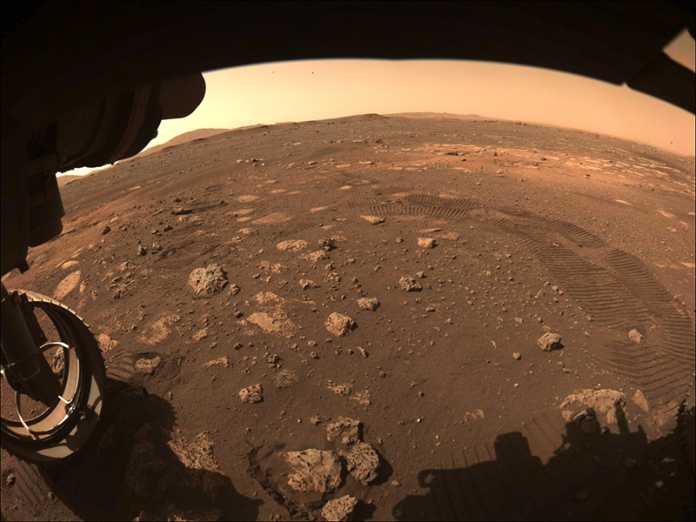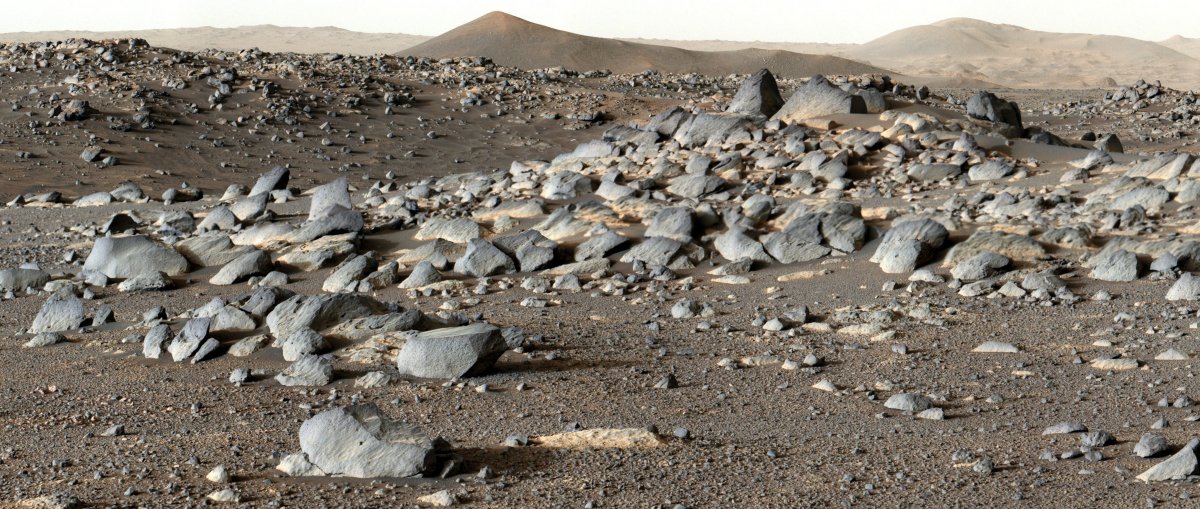Mars is a calm planet, and noise propagates in the atmosphere quite differently than on Earth: the speed of sound changes in the middle of the human audible spectrum. These are the first results of an analysis of images taken by NASA’s rover of the Red Planet. This made it possible for the first time to analyze background noise in the range between 20 Hz and 50 kHz, that is, the range that people can hear, explains Baptiste Chedd of Los Alamos National Laboratory. A strange acoustic environment has been detected. High-frequency tones will be lost after a short distance due to the carbon dioxide content. So having a non-radio conversation in this environment would be very difficult even from a few meters away.
Audible differences in the speed of sound
The research team decided Not only is the speed of sound on Mars at 240 meters per second, which is much less than the speed of sound on Earth (340 meters per second), but there are also two speeds of sound on the surface of Mars. The high and low tones propagate at different speeds. Because of the extremely high carbon dioxide content of 96 percent and significantly lower pressure, the sound is damped to a much greater degree than it is on Earth. This particularly affects the higher tones, which propagate much more slowly than the lower ones. This will already have audible consequences for conversations at a distance of a few meters, The team surrounding Sylvester Maurice of the University of Toulouse III explains, who led the analysis. But in practice, future astronauts will communicate via radio anyway.
looks like from Mars
These results are made possible by the SuperCam instrument installed on NASA’s latest Mars probe. Not only did it pick up the sounds of lasers that could be fired at targets on the ground up to seven meters away. The rotor sounds of the mini chopper’s dexterity can also be recorded with it. After decades of sending images from Mars back to Earth, the team has now explained that these are the first recordings of sounds on the Red Planet. This made it possible not only to understand how the noise spread there, but also to learn new things about the atmosphere of the planet. The team adds that apart from the few sounds of machines being sent out by humans, the atmosphere is very calm there.
Perseverance landed on Mars in February 2021. The successor to the Curiosity rover, which is still active, is set to be the first research instrument to collect soil samples on the Red Planet, which will later be brought back to Earth. He already has several on board. He also brought a small helicopter to Mars for the first time brilliantly. Her presentation flights went so well that her mission was extended several times. Meanwhile, ingenuity accompanies the rover and explores the area from above. Persevere is currently on a forced march to a former riverbed he’s supposed to explore. Creativity takes a shortcut. Research work on a healthy environment on Mars is Published in the journal Nature.

(mo)

“Problem solver. Proud twitter specialist. Travel aficionado. Introvert. Coffee trailblazer. Professional zombie ninja. Extreme gamer.”




More Stories
With a surprise in the case: a strange cell phone from Nokia was introduced
PlayStation Stars: what it is, how it works and what it offers to its users | Sony | video games | tdex | revtli | the answers
t3n – Digital Pioneers | digital business magazine